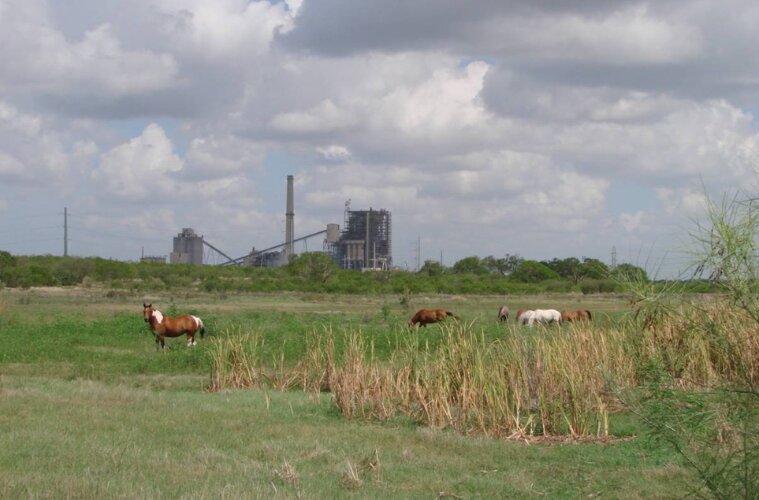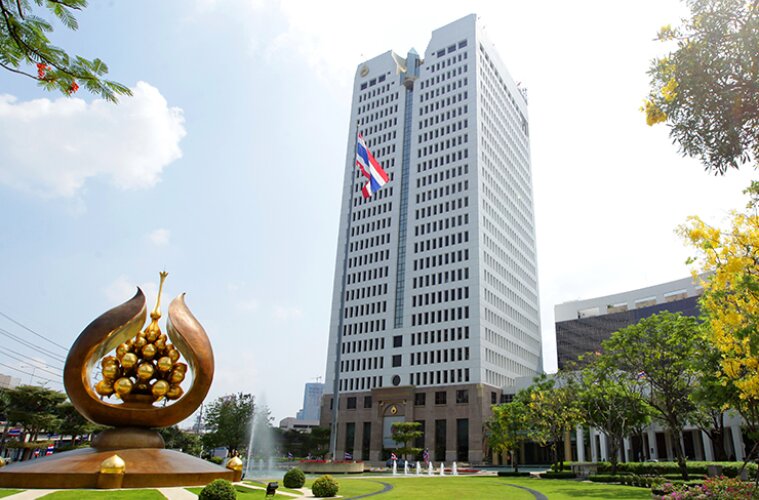G-Lyte’s solar innovation aims to replace disposable batteries with eco-friendly DSSC technology, offering 99% recyclability and low-light efficiency.
Amazon is decarbonizing its global operations by 2040, revolutionizing green infrastructure with net-zero buildings and renewable energy.
Maine, Vermont, and Massachusetts have the highest recycling rates in the country. Which three states are ranked the worst?
What does the latest Edison water main break mean for the future of infrastructure?
This year’s most-read stories reveal how climate events, toxic chemicals, and energy breakthroughs shaped the sustainability conversation in …
How will the ISSB standards transform sustainability reporting for UK businesses?
Extreme weather in 2019 caused unprecedented ice loss in Greenland, with thinning reaching 41.7 ± 10.7 inches due to warm air and reduced cloud …
As we approach a pivotal year for sustainability and energy leadership, the road ahead comes with unique challenges—and exciting …
Light House launches a program to recycle plastic waste from Vancouver construction sites, creating sustainable building materials.
Under the leadership of Prime Minister Jonas Gahr Støre, Enova’s annual funding has surged from $290 million to over $800 million since 2021.
Maine’s commitment to renewable energy takes a significant step forward with five new community solar farms, delivering clean power and …
This community-driven project, shaped by feedback from over 30,000 residents, promises to create an airport that truly reflects the heart of the …
Healthcare systems face unique challenges in maintaining system reliability and minimizing downtime, especially as technological and …
Recent research from the University of Notre Dame has identified fitness trackers and smartwatch bands as unexpected sources of PFAS.
American Magic eliminates 88,000 single-use plastic bottles through sustainable water systems, setting a new standard in sports sustainability.
A new study reveals ground shifts under Miami high-rises, urging safer construction practices and better monitoring for long-term stability.
The cancer risk in the area is 78 cases per 1 million people, more than double the state and national average of 30 cases per 1 million.
More





